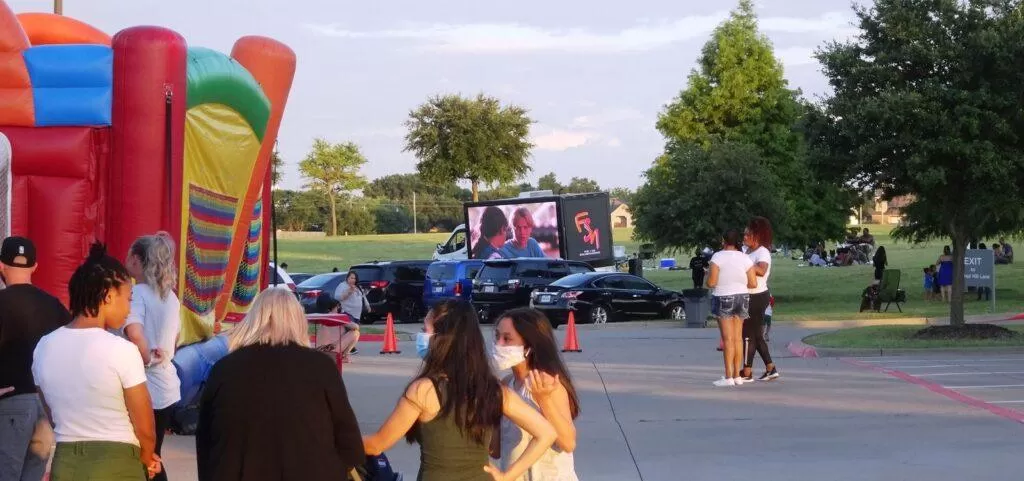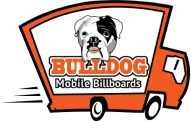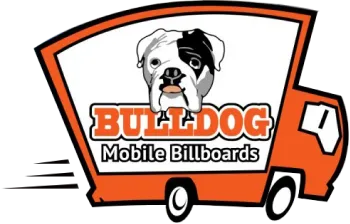Traditional advertising methods such as TV commercials, print ads, and online banners are becoming less effective. Companies are turning to experiential marketing to make a lasting impact on consumers. In this article, we will explore what experiential marketing is and why it is important. Further, we will provide 5 great examples of successful experiential marketing campaigns. Let’s get started…
What is Experiential Marketing?
Experiential marketing is one of the popular types of marketing that creates a memorable and engaging experience for the consumer. Rather than simply promoting a product or service, experiential marketing aims to immerse the consumer in a brand’s story and values. This type of marketing often involves interactive events, installations, and experiences that encourage the consumer to participate actively.
Why is Experiential Marketing Vital?
Below are some important points that indicate the importance of experiential marketing:
- Creates a memorable and engaging experience for the consumer
- Forges a deeper emotional link between the brand and the consumer
- Showcases a brand’s personality, values, and offerings in a creative and innovative way
- It provides a spectacular chance to stand out in a crowded marketplace
- Generates social media buzz and word-of-mouth marketing
- Increases brand loyalty and retains the customers
- Encourages customer participation and interaction with the brand
- Offers a platform for brands to differentiate themselves from competitors
- Provides valued insights into consumer behavior and preferences
- Creates a positive image of the brand in the buyer’s mind.

Read Also: 5 Experiential Marketing Myths To Avoid
5 Great Examples of Experiential Marketing Campaigns
-
Google Home Mini Donut Shops
In 2017, Google Home Mini created a series of pop-up donut shops in major cities across the US. Customers who visited the shops could win a free Google Home Mini by simply saying, “Ok Google, talk to Mini Donut Shop.” This campaign was a huge success, with thousands of donuts given away and thousands of Google Home Mini devices sold.
-
Coca-Cola’s Share a Coke
Coca-Cola’s launched a campaign called “Share a Coke” which was a great success in 2014. The campaign involved printing different names of the people on Coca-Cola bottles and encouraging consumers to share it with the person whose name was printed on the bottle. This campaign created a personal connection with consumers and generated a significant amount of social media buzz.
-
Bulldog Billboard’s Mobile Advertising Trucks
Bulldog Billboards’ mobile advertising trucks are a perfect example of experiential marketing. These trucks feature large, eye-catching billboards that travel through cities, creating a memorable and engaging experience for consumers. By advertising on these trucks, businesses can showcase their brand’s personality and values in a creative and innovative way.
-
Red Bull Stratos Jump
In 2012, Red Bull sponsored the Stratos Jump, a record-breaking skydiving event. Felix Baumgartner jumped from a balloon at the edge of space, breaking the sound barrier as he fell to Earth. This event created a massive amount of buzz for Red Bull and showcased the brand’s adventurous and daring personality.
-
Adidas Runners
Adidas Runners is a community of runners that meets regularly in major cities around the world. This community provides a platform for runners to connect with each other and participate in training events, races, and social gatherings. By creating a community around its brand, Adidas has been able to create a deep emotional connection with consumers and showcase its commitment to health and fitness.
Read Also: How to Hold A Great Springtime Experiential Marketing Event
How to Create an Experiential Marketing Campaign?
Here are some key steps to follow when creating an experiential marketing campaign, including a mention of Bulldog Billboard:
Step 1: Define Your Objectives
Before you begin planning your campaign, it’s important to identify your goals and what you want to achieve. This could include boosting brand awareness, driving sales, or creating buzz around a new product or service. By clearly defining your objectives, you can ensure that your campaign is focused and effective.
Step 2: Identify Your Target Audience
After defining your goal, it’s important to identify the audience you want to reach. This will help you tailor your campaign to their interests, preferences, and behaviors, and ensure that you are creating an experience that resonates with them. For example, if Bulldog Billboard wants to reach local businesses, they may want to create a campaign that targets decision-makers in those organizations.

Step 3: Design the Experience
The experience is the heart of an experiential marketing campaign. This is where you will create an immersive and engaging experience for your audience that connects them with your brand. This could be a live event, a pop-up shop, a branded interactive installation, or any other type of experience that aligns with your brand and objectives. Bulldog Billboard could create a mobile billboard truck that is fully wrapped in its client’s branding and messaging to create a unique and memorable experience.
Step 4: Promote the Experience
To ensure that your target audience knows about your campaign, it’s important to promote it through multiple channels. This could include social media, email marketing, advertising, influencer marketing, and other tactics that reach your target audience. For example, Bulldog Billboard could promote its mobile billboard campaign on social media platforms like Instagram and Facebook to reach its target audience.
Step 5: Measure Results
Finally, it’s important to measure the success of your campaign so you can optimize your approach and improve future campaigns. This could include tracking metrics like attendance, engagement, social media mentions, and conversions. By analyzing your results, you can determine what worked well and what you should improve for future campaigns.
By following these steps, you can create an experiential marketing campaign that engages your target audience and generate results for your brand. For example, Bulldog Billboard could create a mobile billboard truck campaign that targets local businesses, design an immersive experience that promotes their client’s brand, and promote the campaign through social media and other channels to generate buzz and reach their target audience.
Read Also: How to Make Your Brand Stand Out At Experiential Events
Wrapping Up
Experiential marketing is a powerful tool for brands that want to create a lasting impact on consumers. By creating engaging experiences, brands can forge a deeper emotional connection with their audience and showcase their values and offerings in a creative and innovative way.
Bulldog Billboard’s mobile advertising trucks are a perfect example of experiential marketing. Revolutionize the way you advertise with Bulldog Billboard’s mobile advertising trucks! Our unique and eye-catching trucks feature large, high-definition billboards that roam through city streets, grabbing the attention of thousands of potential customers along the way.
From product launches to brand activations, our mobile advertising trucks are the perfect platform to unleash the power of experiential marketing. So, why wait? Let Bulldog Billboard’s mobile advertising trucks take your brand to the next level and create a lasting impact on your customers!
Read Also: Experiential Marketing: Captivating Gen X & Baby Boomers



